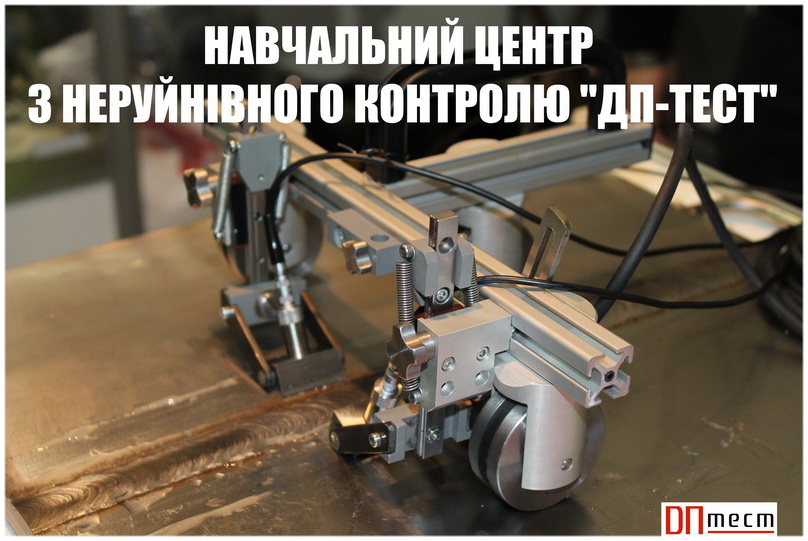The purpose of the project is to design a device based on the TOFD method, which would be suitable for a set of tasks (control welded joints to connect)
with a wall thickness of 15 to 50 mm.
In this work, a device for controlling welded joints of cisterns of large diameter or metal sheets based on the TOFD method was developed. Nowadays, more and more UDC control is taking place in such fields as aircraft construction, railways, chemical industry, NPP reactors, etc. Therefore, the requirements for quality and speed of inspection are coming to the fore. The diffraction-time method is united in itself the speed of control and the high probability of detecting a defect. For this method, a functional diagram of the device was developed, the scanner itself was designed on which it was placed, and by which the converters are moved along the OK.
This method became popular only with the development of microprocessor technology. To handle the scanning information, we needed an elemental base that was more resistant to electrical noise. Because the signals from the diffracted waves that uses our method to determine the defect, 20-30 dB are weaker than the normal signals used by traditional ultrasound flaw detectors.
Research advisor: O. Lashko









